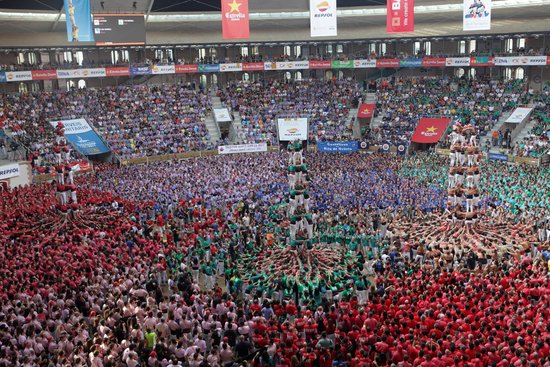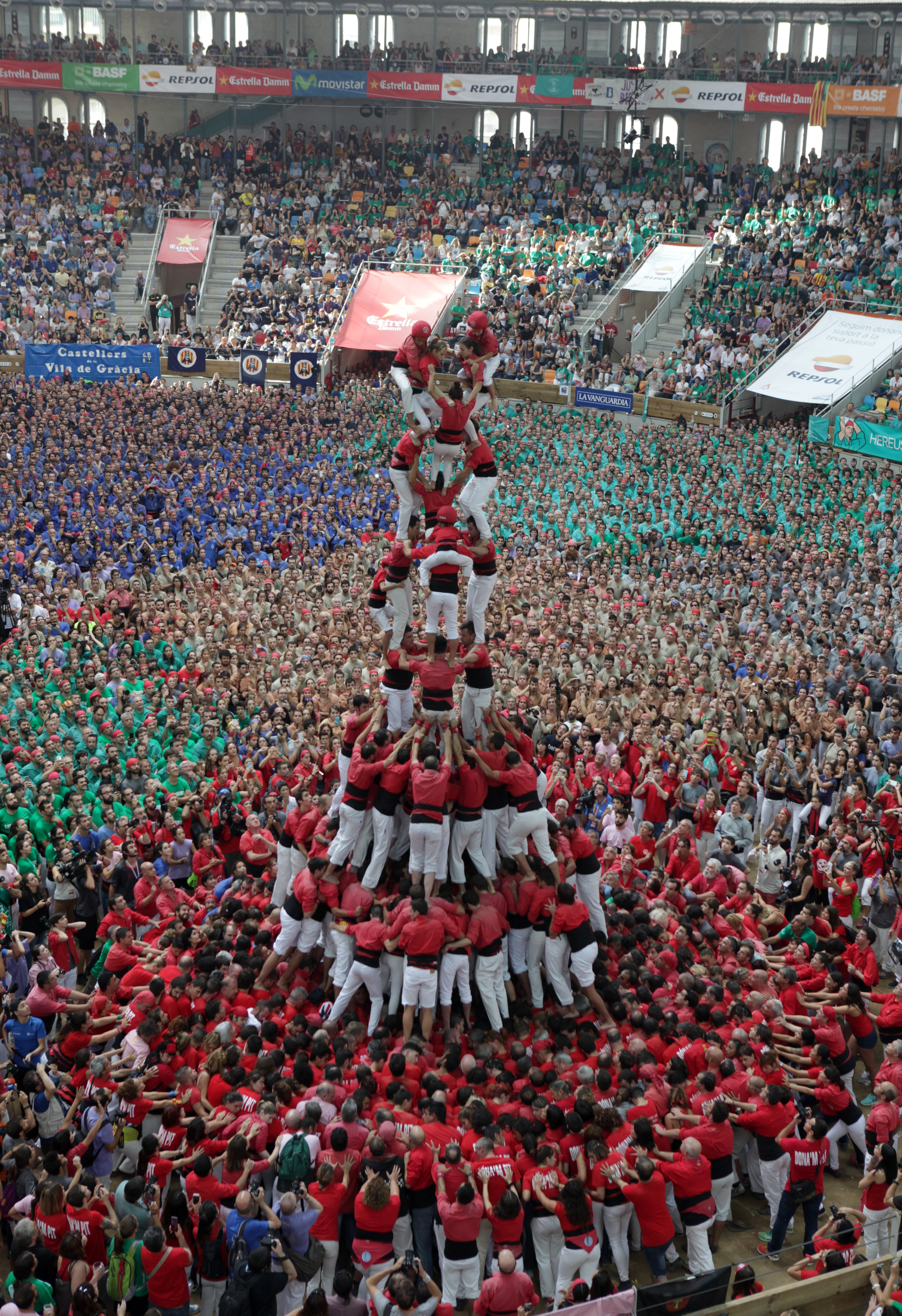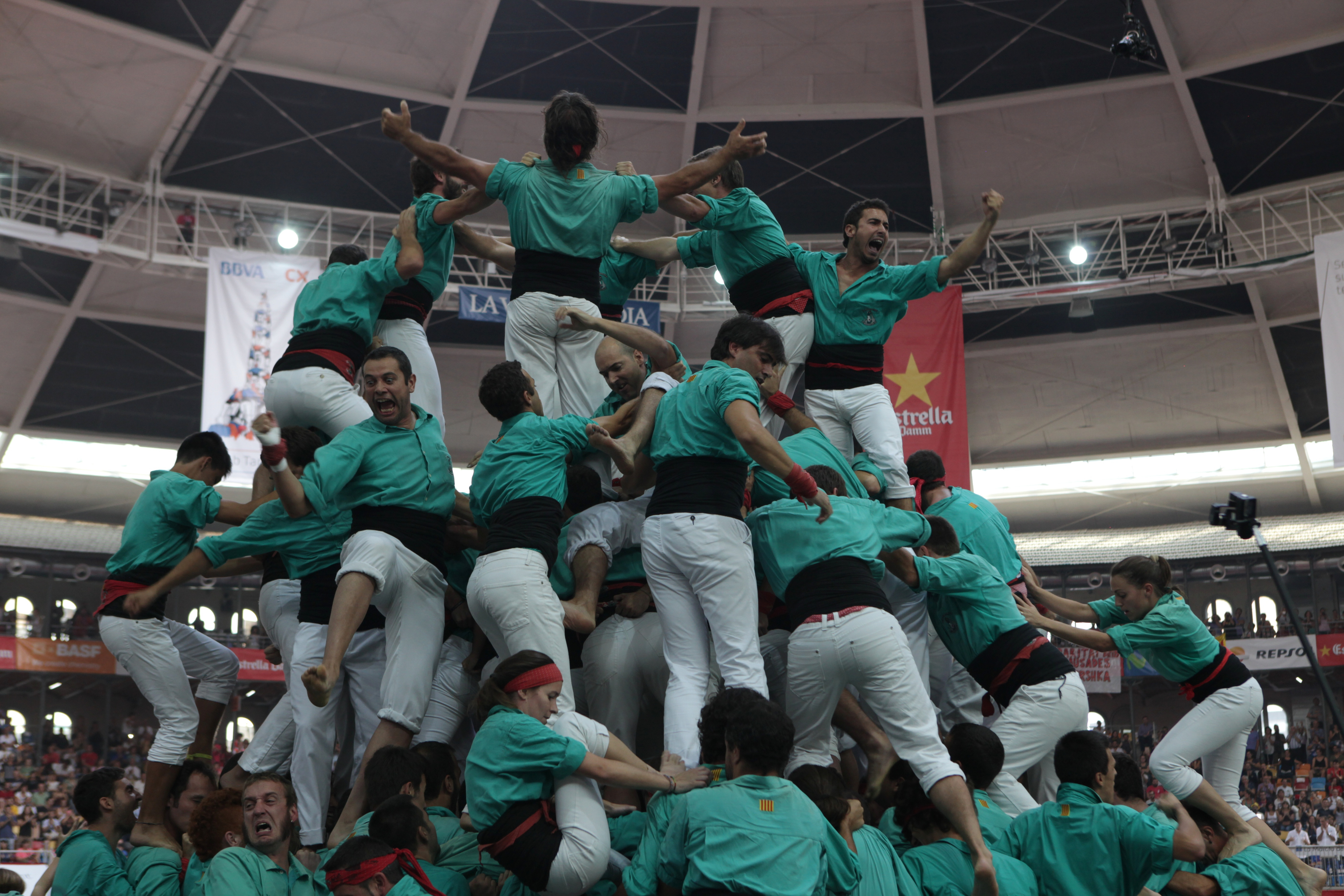Human towers competition sells out for first time ever
Catalonia’s main ‘castells’ contest to be held in Tarragona this weekend

The Concurs de Castells, the cornerstone event for Catalonia’s trademark human towers, to be held in Tarragona over the weekend, sold out on Friday for the first time in the competitions’ 86-year history.

In total, 7,760 tickets went on sale out of 9,489 seats, with the rest reserved for participants and sponsors. Tickets for Sunday, the day when Catalonia's best teams compete, sold out in July in just an hour and 44 minutes.
Every two years, the Tarragona Human Tower Competition brings together the best ‘castell’ teams in Catalonia. This year marks the 27th edition of the contest, which took place for the first time in 1932 and established itself on a regular basis only in the 1980s.
In all, 42 different teams will compete to build the tallest and most complex constructions.

The competition is a perfect opportunity to enjoy human tower building, an example of Catalan culture that in 2010 was proclaimed a Masterpiece of the Oral and Intangible Heritage of Humanity by UNESCO.
Catalan for ‘castles,’ this acrobatic practice finds its roots in Valencia, south of Catalonia, where it was first documented in the 17th century. It’s Tarragona, though, which is thought of as the home of this tradition, and where one can even find a commemorative statue.
There are various qualifying elements to the structures, which are mainly measured by tiers and amount of people on each level. A tower is complete once the individual at the very top—a child, sometimes as young as five, called the ‘enxaneta’—raises their arm.
‘Fer pinya,’ to give support
The colors of the short denote the team, which is often separated by neighborhood or city, and the black sash tied around the waist not only provides back support but is an important foothold for the participants climbing up – or down, the most perilous part.
But even with an accident or a fall, a casteller will be protected by a human safety net and support network all around the base of the tower. This element of the tower has given Catalan one of its most unique expressions, ‘fer pinya,’ which means to figuratively come together in strong support of someone, or something, in the face of adversity.